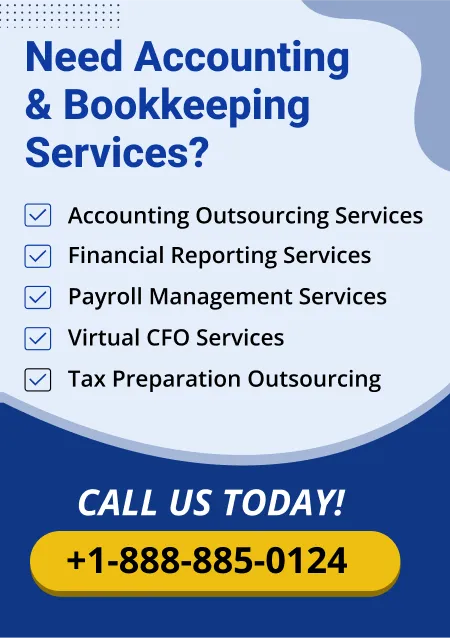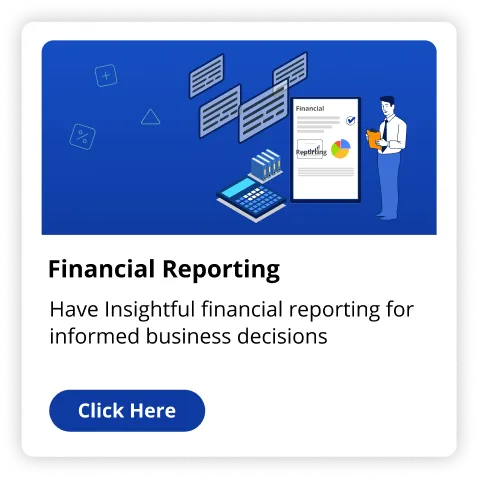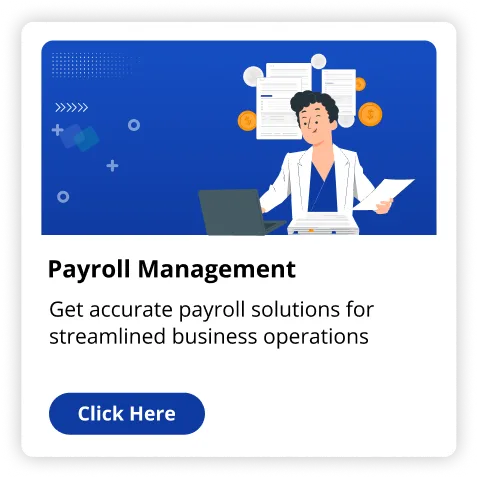For small businesses to effectively handle resources, plan for future growth, and make sound choices, financial forecasting is a crucial tool. It helps owners of businesses in forecasting their revenue, costs, and cash flow so they can get past barriers and take advantage of the options. Financial forecasting offers a road map in an unstable market, allowing businesses to plan in advance, adjust tactics, and allocate resources intelligently. The basis for the longevity of your business can be laid by understanding how to put together an efficient financial forecast, no matter whether you're only beginning or trying to expand. This post will take you through the fundamentals of financial planning for small businesses, outlining the steps, their significance, as well as how to get started with easy-to-use yet effective instruments. By the time it's finished, you'll understand how to create forecasts that support strategic decision-making.
1. The Truth About Financial Forecasting: Why Small Businesses Should Consider It
Small businesses frequently have scarce funds, so having an established financial plan is important. Financial forecasting is useful for:
- Managing cash-flow: This allows businesses to plan for costs while avoiding cash flow issues by enabling businesses to forecast when they will have cash surpluses or shortages.
- Setting objectives and Strategy Creation: Forecasting helps business owners align their plans with their goals by allowing customers to establish realistic financial targets based on anticipated revenue.
- Investor Confidence: By showing a well-thought-out growth strategy to potential investors, accurate financial forecasts might pique their interest.
- Steering away from risks: By projecting future financial results, businesses can spot potential risks like unanticipated costs or drops in sales and establish backup preparation. Financial forecasting includes far more than just making future forecasts; it additionally includes planning for it. It provides a proactive way to manage business finances, ensuring sustainability and profitability.
2. The Stet Ahead: How To Start Forecasting For Your Small Business
Getting started with financial forecasting doesn't have to be complex. Here’s a step-by-step guide to help you through the process:
A. Time To Dig: Collect Historical Financial Data
Any accurate forecast starts with previous information. Get financial statements, such as balance sheets, income statements, and cash flow statements, from the previous two to three years if the business has been around for a while. These records give an in-depth examination of your purchasing routines, earnings trends, and overall financial situation. If your business is new and has limited historical data, base your projections on data from businesses in your field that are similar to yours or on industry benchmarks.
B. Stating The Important Theories
Assumptions on future business activities are the basis of financial forecasting. As a case study, think about: Expected rise or fall in sales
- Seasonal changes in income.
- Cost variants, such as inflation or wage hikes.
- Economic and market conditions.
Check these assumptions are rooted in acceptable, data-driven expectations by outlining them. For small businesses, being overly optimistic or conservative can lead to inaccuracies in your forecast, so aim for balance.
C. Making The Right Decesion: Choosing The Right Plan
Selecting the Appropriate Forecasting Model Financial forecasting models generally fall into two main groups:
- Parametric forecasting: the method that provides forecasts about future financial performance using statistical models and past data. It's particularly useful to businesses that have a lot of historical data.
- Qualitative Forecasting: Based on opinions of experts, market research, and insights about the future, this method is more subjective. It works well for more recent businesses or sectors with scant historical data. A lot of small businesses use both methods to create their financial projections. For example, you may forecast income based on an upcoming item launch or advertising effort using qualitative insights and statistical information to predict stable expenses.
D. Constructing Financial Dorecasts
Making forecasts for your future cash flow, expenses, and income is the next stage. Depending on the needs of the business, split your projections into a period of time quarters, and years.
- Revenue Forecast: Project your sales based on previous data and the present state of the market. Take demand from consumers, new product greetings, and pricing shifts into account.
- Expense Forecast: Make a list of both variable and fixed expenses you anticipate. Aside from unanticipated costs like repair or legal fees, remember to factor in salaries, rent, utilities, and supplies.
- Cash Flow Forecast: For small businesses, cash flow projections are essential. The forecast assists you in making preparations for your immediate financial needs by monitoring when you anticipate getting and distributing the money.
This process can be made easier by using online tools like Xero or QuickBooks or spreadsheet software like Excel. These tools can automatically generate forecasts based on your input data, saving time and reducing errors.
E. Track And Regularly Review
Financial forecasting is an ongoing endeavour. Review and adjust your forecast regularly to make room for shifts in the market or in the business itself. Evaluate actual performance versus what you predicted and implement any necessary modifications to your forecast. Adjust your forecast accordingly if revenue is less than expected or if expenditures are higher than anticipated. Similar to this, revise your projections to allow for any unexpected growth in the business you run.
3. Making It Easier: Tools to Simplify Financial Reporting
For small businesses, there's a lot of data and resources accessible to make forecasting simpler. Several popular choices consist of:
- Accounting Software: By providing reports according to your financial data, applications such QuickBooks, Xero, and FreshBooks may help in automating financial forecasts.
- Spreadsheets: Detailed financial models can be created by modifying Google Sheets or Excel. Online templates are easy for use.
- Financial Advisors: Especially for companies with complex finances, employing an accountant or financial advisor can offer tailored forecasting advice.
Conclusion
In order to thrive in a competitive marketplace, small businesses have to participate in financial forecasting. Businesses may decrease risks, plan for sustainable growth, and make educated choices by predicting their future cash flow, expenses, and revenue. While the process could initially seem consuming, starting with simple projections based on basic assumptions and past data can yield useful data. Always keep your forecasts up to date, and use the resources at your fingertips to make the process easier. Small firms can successfully navigate times of uncertainty and reap advantages in the future with precise projections. And if your business is looking to upscale financial forecasting, Fino Partners is an excellent choice for outsourcing accounting services.
READ ALSO | Cost-Effective Accounting Outsourcing Services for Small Businesses



























